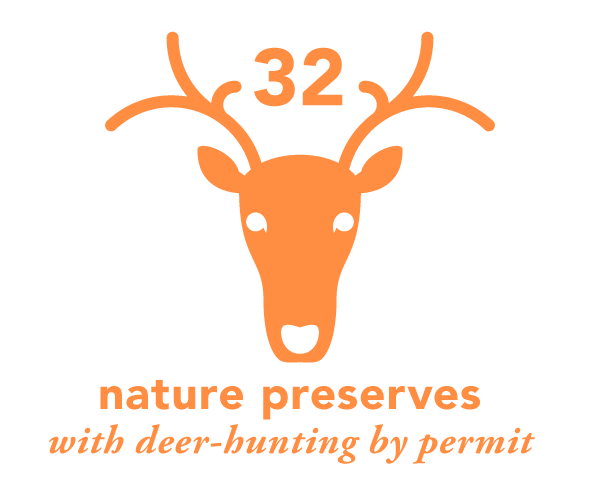Download: Afoot in the Field, Volume 4, Issue 2 (PDF)
Published Summer 2013
From the Introduction:
Solitude. Having a place to be alone and at peace in the outdoors is one of the many benefits of owning land. But it’s not always good to feel alone, especially when you are trying to consider your options and make decisions about how to manage your land. Fortunately, there are a lot of resources out there for landowners – agencies and organizations with information and programs, and people ready to help.
Not all properties are created equal, and not all conservation easements are the same, but many easements allow for some flexibility and options when it comes to conducting agriculture, managing forests, and creating or improving wildlife habitat on a rural property. Chances are that for just about anything you might want to do on your land – whether it’s creating a pond or wetland, establishing grassland bird habitat, pruning fruit trees, improving the quality of a woodlot, planting a riparian buffer along a stream, transitioning to organic agriculture, selling timber, enhancing a grazing operation, or installing measures to reduce runoff from a farm – there is a publication, program, or person who can help you. This issue of Afoot in the Field offers a basic summary of some of the agencies, non-profit organizations, and programs that landowners might look to for finding assistance in assessing options and realizing land management goals.
Before making decisions about what management activities you might want to engage in on your land, however, it’s always important to fully understand any guidelines and limitations that the conservation easement places on certain activities. Don’t forget to read your easement before spending resources, making changes on the property, or committing to a program. Land Trust staff can help answer questions about what is compatible with an easement, and what might not be…


